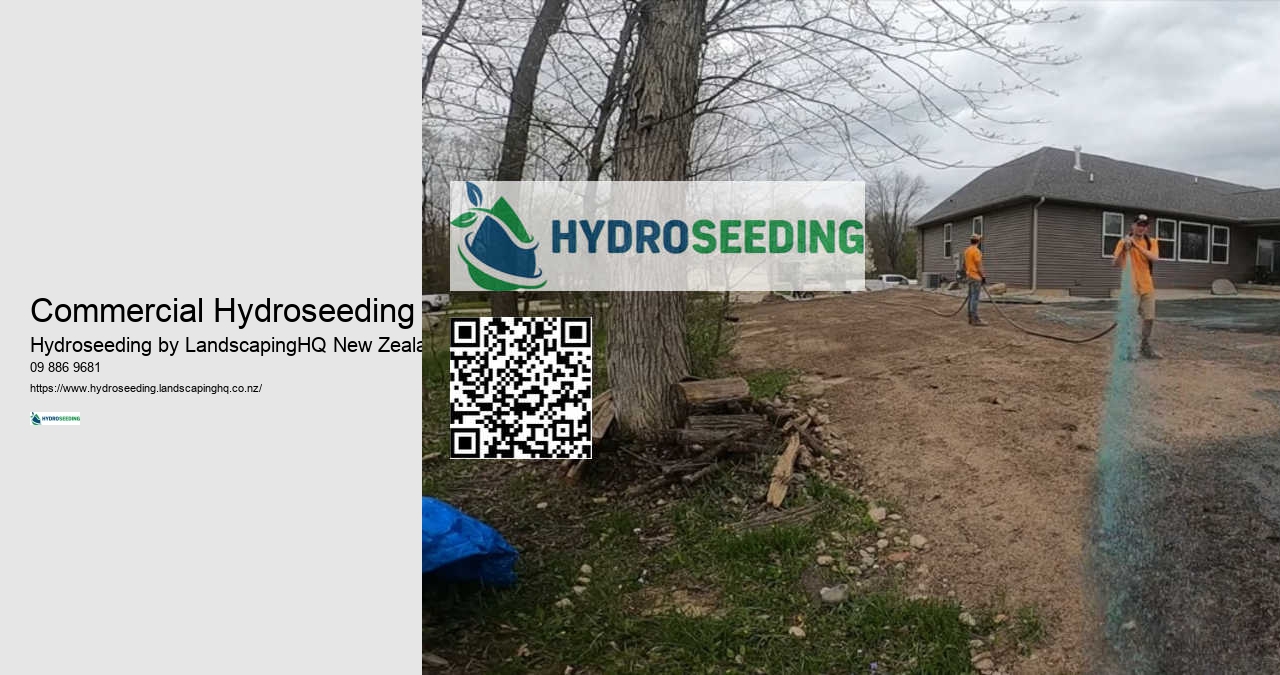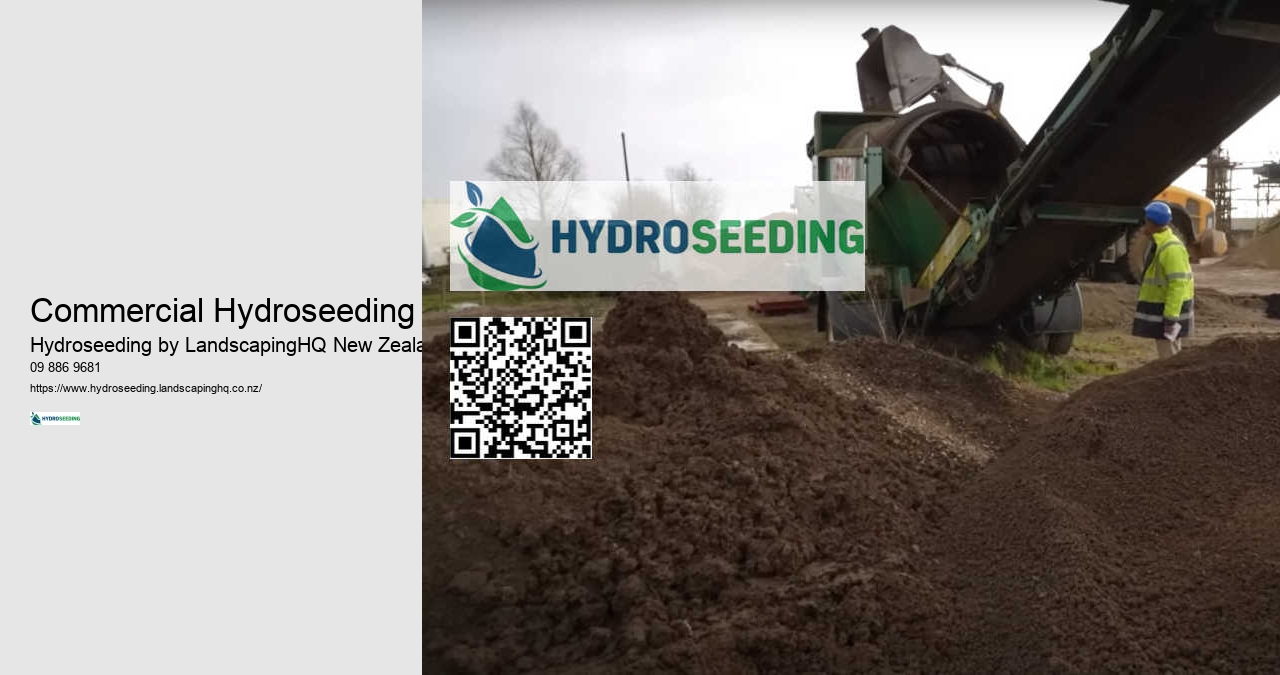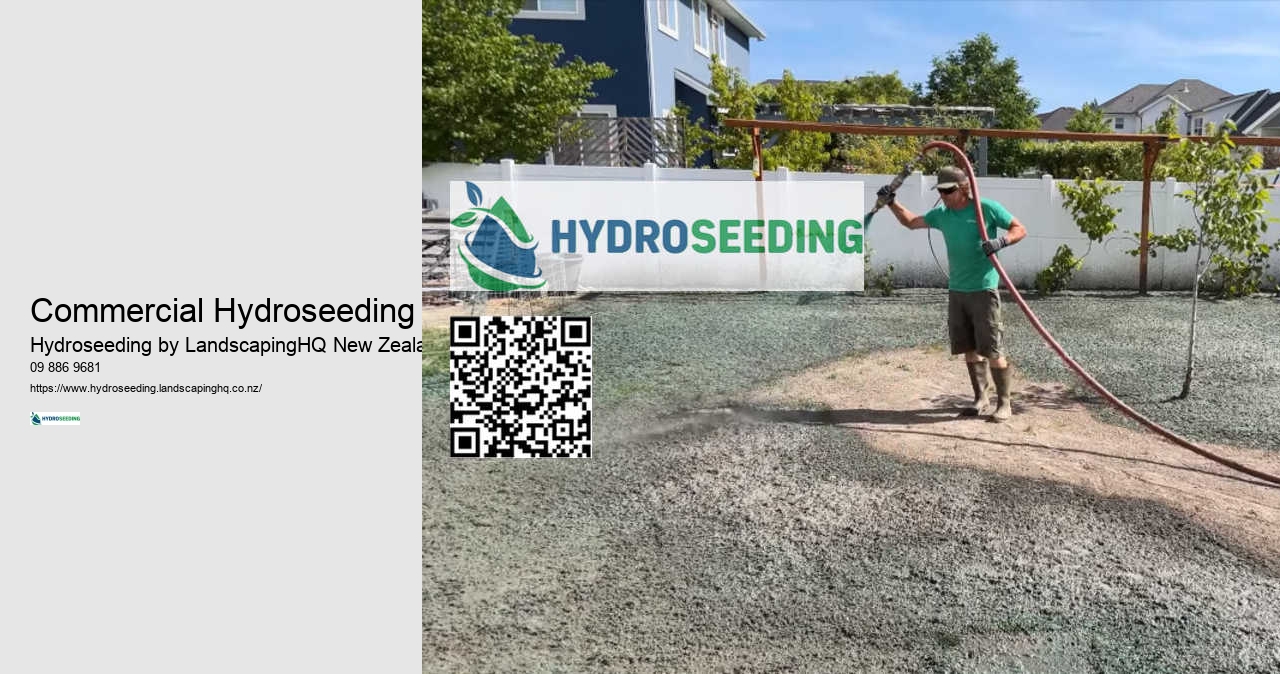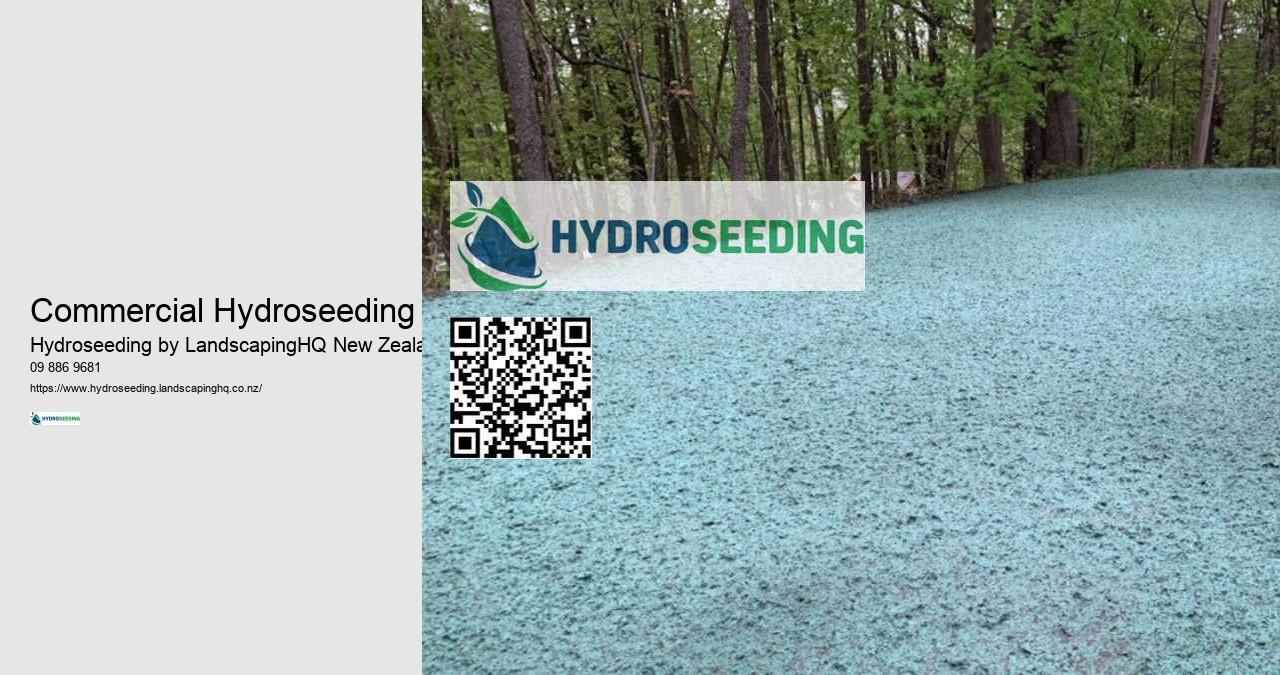

We should hydroseed during the best growing seasons-spring and early autumn-when conditions favor grass over weeds. Achieve lush green landscapes effortlessly - Learn how Hydroseeding New Zealand can make a difference. You must ensure that the layer is applied evenly across the entire surface. Understanding New Zealand's diverse climate is crucial when planning a successful hydroseeding project. Let's work together to protect and beautify your landscape. Spray nozzles are important.
If you are looking for a reliable and efficient landscaping solution, New Zealand's hydroseeding using a hydroseeder stands out. Our hydroseeding services allow councils to quickly and effectively establish grass in large areas, ensuring that parks remain inviting and vibrant places for the community to enjoy. We begin by preparing the ground, ensuring the soil is adequately graded and free from debris.
Additionally, the mulch component aids in moisture retention, providing a conducive environment for seeds to sprout and establish roots quickly. The traditional methods of seeding large areas like golf courses, parks or sports fields can be very laborious and time-consuming. We not only fight erosion, but we also promote a greener and healthier environment. Skip this step and you may end up with uneven surfaces. Tackling the challenge of hillsides and slope stabilization requires expertise and innovation.
By using a slurry of seed, mulch, and fertilizers sprayed over the soil, it ensures even coverage. Technological advancements are also set to enhance the future of hydroseeding. It also helps to prevent weeds. We must begin by laying a strong foundation before we can create lush landscaping.
While we're committed to maintaining our hydroseeded lawns with care and precision, it's equally important to be aware of common mistakes that can hinder our efforts. Hydroseeding uses a mixture that contains water, seeds, mulches, and fertilizers to encourage rapid growth.
Hydroseeding, for instance, offers a quicker application process. Together we can transform public areas into flourishing spaces that enhance the lives of all residents. Moreover, traditional seeding might not achieve the same degree of erosion control as hydroseeding, potentially leading to patchy growth or seed displacement during heavy rains. This will promote healthy growth. LandscapingHQ hydroseeding is an investment that pays off in the long run.
To keep the soil moist without becoming waterlogged, we should water two to three times per day, depending upon the weather. This leads to fewer bare patches, and more consistency in the playing experience. This combination is not only effective in promoting rapid germination, but also inhibits weed growth. Regular mowing will help promote dense and healthy growth.


By investing in the research and development of hydroseeding, we can make sure that it remains a leading practice in sustainable landscaping in New Zealand. When the grass is about 7.5cm (3 inches) tall, you can start mowing. We work closely with local councils to find solutions that are tailored to their needs. Efficiency and innovation define the hydroseeding process, setting it apart as a superior method for establishing lush landscapes. We understand that each project requires specific tools to achieve optimal results, and selecting the right machinery can make all the difference.
This reduces the frequency of watering, and minimizes soil erosion. With hydroseeding, we offer a faster germination process compared to traditional methods like sodding or broadcasting seeds. Incorporating organic matter into the soil, like compost, can be done based on these results. Warm-season varieties like kikuyu thrive in the northern areas.
It also helps control erosion. Hydroseeding enables us to cover large surfaces efficiently and maintain control over seed placement. By creating a protective shield over soil, hydroseeding can help prevent erosion due to wind and water. Hydroseeding is a versatile and efficient method for establishing grass and vegetation quickly and effectively.
Another issue is the lack of adequate moisture. Mulch acts as an extra layer to protect the seeds, helping them retain moisture and resist harsh weather conditions.
In the coming years, we anticipate increased collaboration between government bodies, private sectors, and environmental groups to maximize the benefits of hydroseeding. This method sprays a mixture of seed, fertilizer and water onto the soil to ensure rapid germination. To start, it's vital that we keep the newly seeded area consistently moist. After the grass starts to grow, we will reduce watering to only 2 or 3 times a week. By investing in quality equipment and meticulous upkeep, we deliver the lush, vibrant landscapes our clients envision.
Meanwhile, the warmer North Island often experiences milder winters, providing a longer growing season. It is important to ensure that our lawns are adequately moist, especially during the crucial period of germination. Hydroseeding can be an effective method of preventing erosion. Let's unravel the benefits and possibilities that hydroseeding brings to our outdoor spaces.
Within a week or two, you'll see the beginnings of a vibrant green lawn, which will thicken over time with proper care. Our approach ensures even distribution of seed, fertilizer, and mulch, promoting rapid germination and consistent growth. This would not just improve efficiency, but also reduce costs. Let's invest in this innovative approach to create thriving outdoor spaces that support our communities and inspire excellence in both academics and athletics.
Many face challenges when it comes to hydroseeding, but by understanding common issues, we can implement best practices to overcome them. It's an ideal choice for those looking to balance cost with quality, ensuring lush, healthy lawns without breaking the bank. To tackle this, we need to implement strategies right from the start. Set up an irrigation program that will keep the soil moist for the first couple of weeks after application.

Hydroseeding provides robust grass coverage that can withstand heavy foot traffic, making it ideal for playgrounds, sports fields, and general landscaping around school grounds. So, when's the best time to embark on a hydroseeding adventure? Mulch and soil stabilizers are effective in enhancing seed retention. But by identifying common problems, we can develop best practices that will help us overcome them. Hand-seeding might seem inexpensive at first glance, but it often demands extensive labor and can lead to uneven growth, requiring additional resources to correct.
This encourages the roots to grow deeper and become more resilient. It is less resource-intensive and causes less soil disturbance. This means fewer bare spots and a more consistent playing experience. Neglecting to mulch properly is another mistake.
The soil pH, fertility and drainage requirements of different seeds vary. Consult a hydroseeding specialist to find the right blend for your area and intended use. Timing is essential. Weeds compete with the grass for nutrients, water, and sunlight, potentially stunting growth and compromising the overall health of the lawn.
This step is essential for uniform seed distribution and germination. Trust Hydroseeding New Zealand to enhance your sports facilities with vibrant, healthy turf that stands up to the demands of the game. It offers a fast and efficient method to cover large areas with a uniform layer of grass. Hydroseeding also allows for flexibility.
Our expertise allows us to tailor the seed mix to the specific requirements of your site, considering factors like soil type, slope, and climate. We believe that hydroseeding stands as a practical and sustainable solution for educational and sports facilities across New Zealand. Proper drainage is crucial to prevent water from pooling, which can cause seed rot and hinder germination. This method allows schools and stadiums to ensure that their grounds are green, safe and welcoming all year round.
Temperature is another critical factor. Technological advancements are also set to enhance the future of hydroseeding. Hydroseeders are the heart of any hydroseeding project.
New Zealand is a country with a wide range of weather conditions, which means the seeds that we select must suit local rainfall and temperature patterns. This can result in significant water savings which are crucial for sustainable landscaping. Selective herbicides are effective in controlling weeds while preserving the grass.
The early autumn months, between March and may, are cooler with regular rains. This step will ensure uniform seeding and germination. When it comes to golf courses, precision matters.

A hydroseed layer should be thick enough to cover the soil evenly, with a mulch thickness of approximately 1�1.5 cm (0.4�0.6 inches). This provides sufficient moisture retention and seed protection, promoting successful germination. Our team at Hydroseeding New Zealand ensures an even, protective layer with every application for optimal results.
Hydroseeding before light rain can be beneficial, as it provides natural moisture for seed germination. However, heavy rainfall soon after hydroseeding can risk washing away the mixture before it has a chance to bond with the soil. We recommend monitoring the weather and consulting with our team at Hydroseeding New Zealand to schedule hydroseeding during an ideal weather window for your area.
Yes, hydroseeding can be done on clay soil, but it may require additional soil amendments to improve drainage and soil structure. The team at Hydroseeding New Zealand can assess your soil and recommend any necessary treatments to ensure successful hydroseeding on clay. Contact us for professional advice on preparing clay soils for hydroseeding.